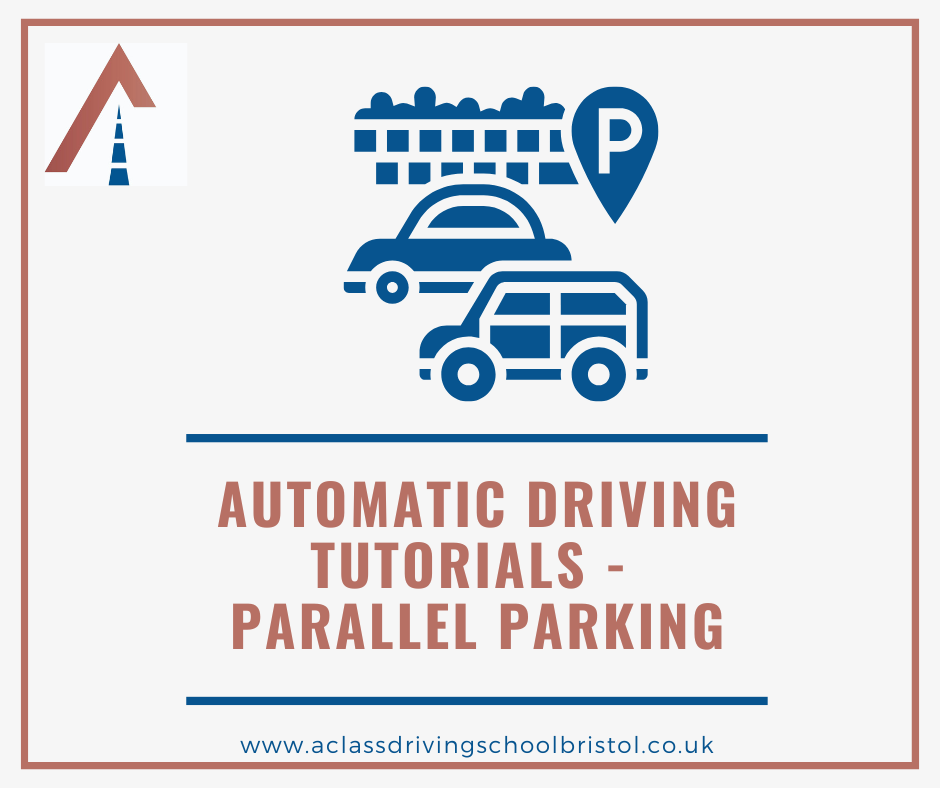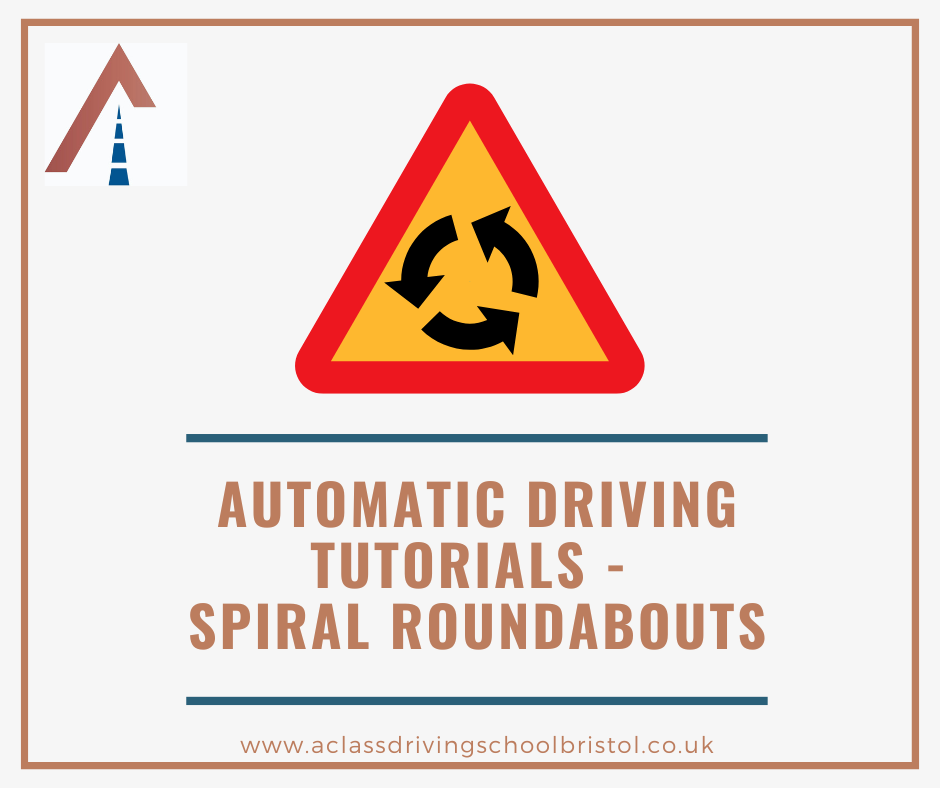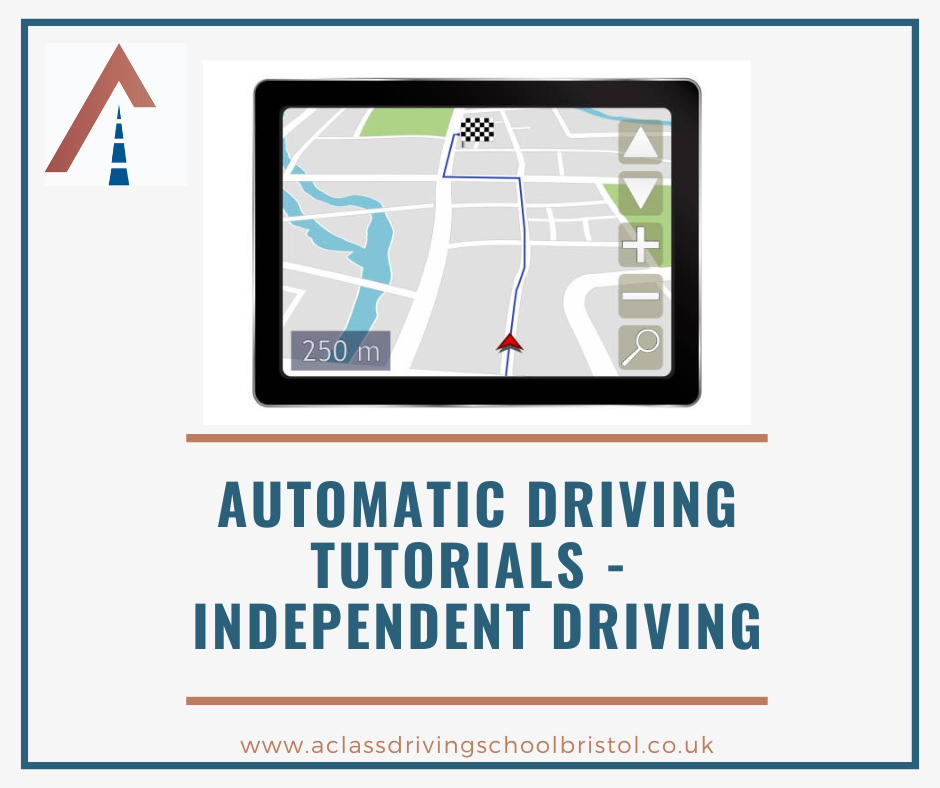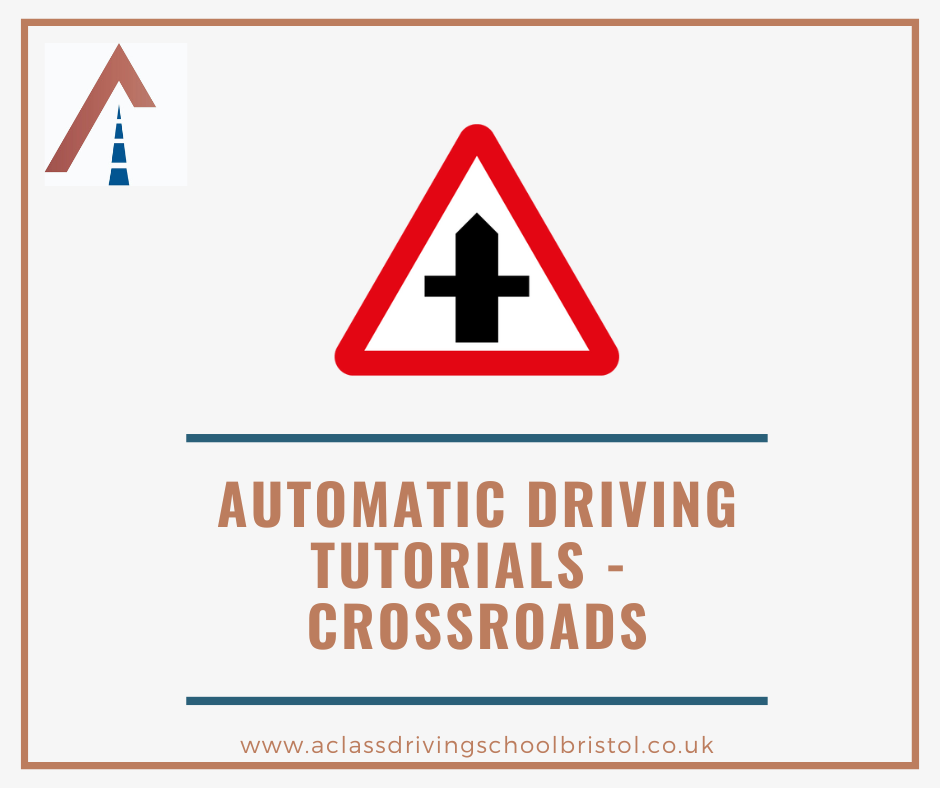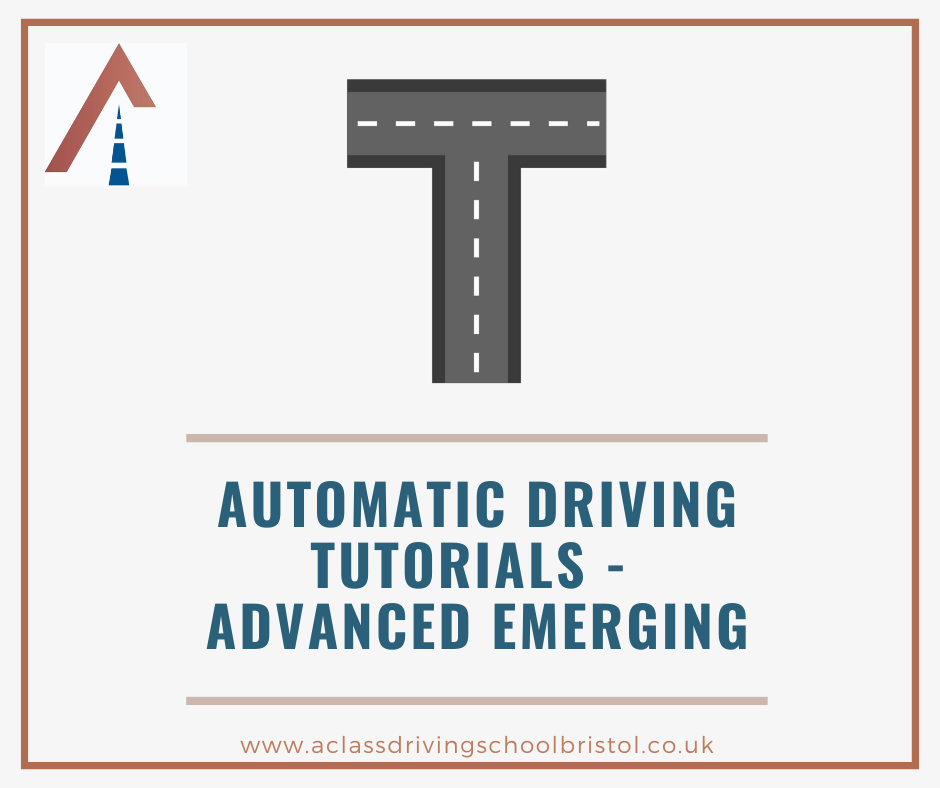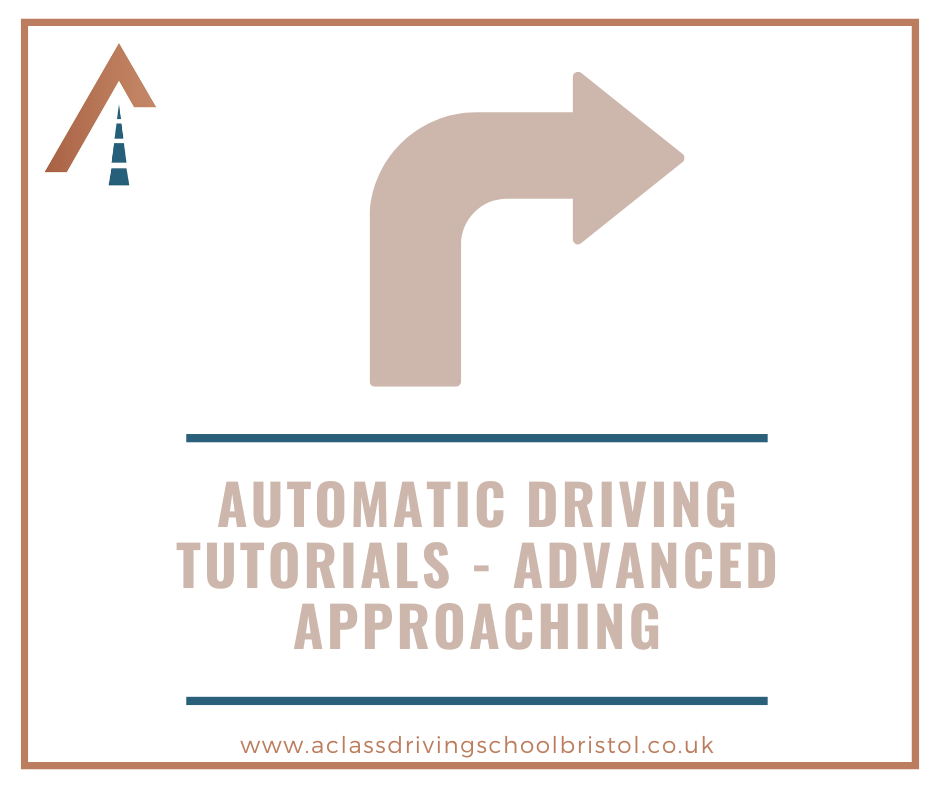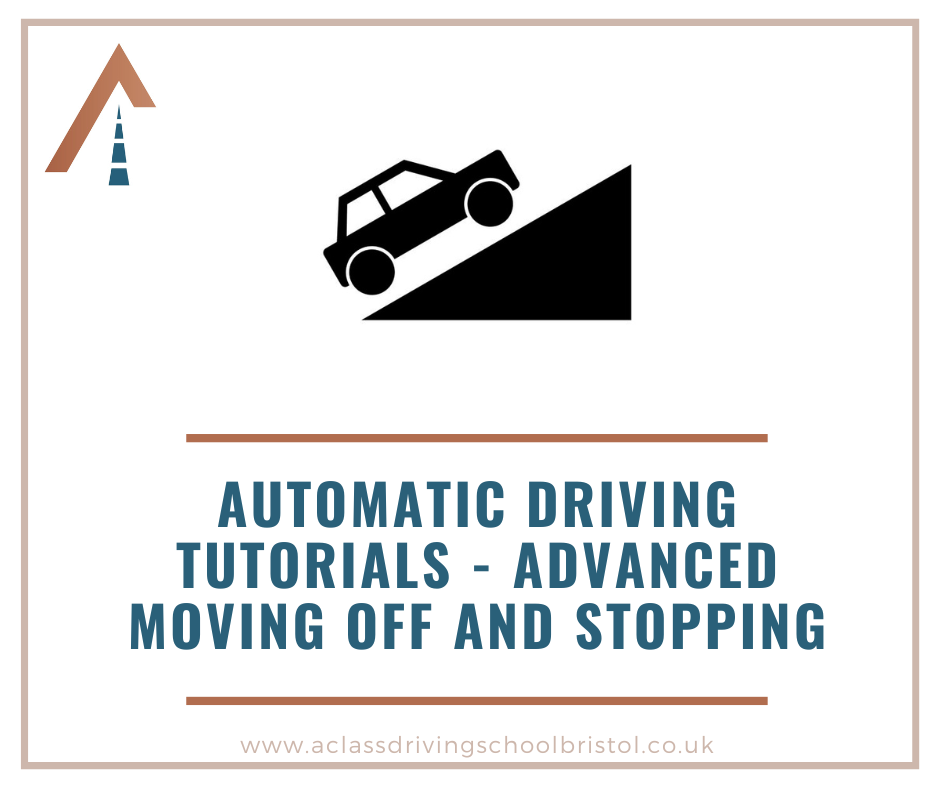Driving Safely While Aging
Physical Changes That May Affect Your Driving
Driving is an important part of many people’s lives that enables them to run errands, shop for groceries, attend appointments, socialize, and enjoy an active lifestyle. However, continuing to drive as you reach an advanced age can come with risks.
Aging can cause changes in the body that affect your ability to perform everyday tasks, including driving. Older adults are also more likely to suffer fatal injuries in car accidents. According to the CDC, 20 older adults are killed every day in car accidents across the United States, and 540 are injured.
If you are starting to experience age-related limitations that make driving more challenging, it may be time to make important decisions about whether it is safe to continue driving—both for yourself and others. That said, you may be able to safely continue driving for years by taking advantage of adaptive technologies.
Physical changes are inevitable as we age, sometimes creating new challenges while driving. Everyone ages differently. You may have difficulty turning your head, moving the steering wheel, or pressing the gas and brake pedals. You may also find it more difficult to see in the dark or gauge distance. This section goes over some of the most common age-related driving issues.
Vision Impairment. Normal age-related decline can make seeing the dashboard or road hazards, such as potholes and debris, more challenging.
Hearing loss affects approximately one in three adults aged 65 to 74 and nearly half of adults over 75, according to the National Institute on Deafness and Other Communication Disorders. Driving with reduced hearing can prevent you from responding to car horns, emergency sirens, and oncoming vehicles. Many senior drivers with impaired hearing adapt by becoming more alert to their visual surroundings, but this may not be enough to keep you safe.
The pain and stiffness of arthritis can make it difficult to handle a steering wheel, especially while turning and backing. Arthritis in the feet can also make reaching the pedals and applying pressure difficult, in turn making it harder to control your speed or come to a stop.
Arthritis in your neck can cause difficulty turning your head, resulting in a delayed response to hazards. For example, it could prevent you from turning your head far enough to check blind spots while merging or switching lanes.
Epilepsy is more common as we age due to changes in the brain. It is associated with strokes, tumors, Alzheimer’s disease, and other health conditions common in the elderly. Epileptic seizures are unpredictable and may lead to a complete loss of awareness or consciousness.
If you have a seizure while driving, you could lose control of your vehicle, resulting in a serious accident.
Diabetes causes blood sugar highs and lows. When blood sugar drops too low, you could experience the following symptoms, all of which can make driving dangerous:
Confusion
Dizziness
Fatigue
Loss of consciousness
Anxiety
Irritability
High blood sugar can also lead serious conditions that affect driving, including diabetic retinopathy and nerve damage (neuropathy). Peripheral neuropathy is the most common type of diabetic neuropathy. It causes pain, tingling, numbness, and loss of sensation in the extremities. Neuropathy can make it difficult to steer, accelerate, or stop your vehicle.
Heart and Lung Conditions can cause shortness of breath, irregular heartbeat, fatigue, chest pain, dizziness, and loss of consciousness at unpredictable times, increasing the risk of serious accidents
Fatigue often results from chronic health problems or side effects from medication. It can also stem from sleep disorders, such as insomnia, sleep apnea, and restless leg syndrome. Regardless of the cause, fatigue reduces alertness, slows reaction times, and increases anxiety, all of which can make driving dangerous. The most significant risk of driving with fatigue is falling asleep at the wheel.
If you wish to know more about how age affects driving, click here


